Ever imagined soaring the skies, defending the nation’s sovereignty? We unveil the prestigious avenues of how to join the Indian Air Force after graduation, a dream harbored by many but pursued by the determined few. As a beacon of pride and valor, the Indian Air Force (IAF) presents three principal pathways for aspirants: The Combined Defence Services Examination (CDS), Air Force Common Admission Test (AFCAT), and NCC Special Entry, each a gateway to a life less ordinary.
Our roadmap will navigate you through the nuances of each entry scheme, underscoring how to join the air force with a blend of vigor and academic prowess. From the rigorous selection processes, including SSB interviews and comprehensive training regimens, to tailored strategies that prepare you for service, we are dedicated to transforming your aspirations into tangible achievements. Let our expertise empower you, for your ambition to get into the Indian Air Force is a mission we take to heart.
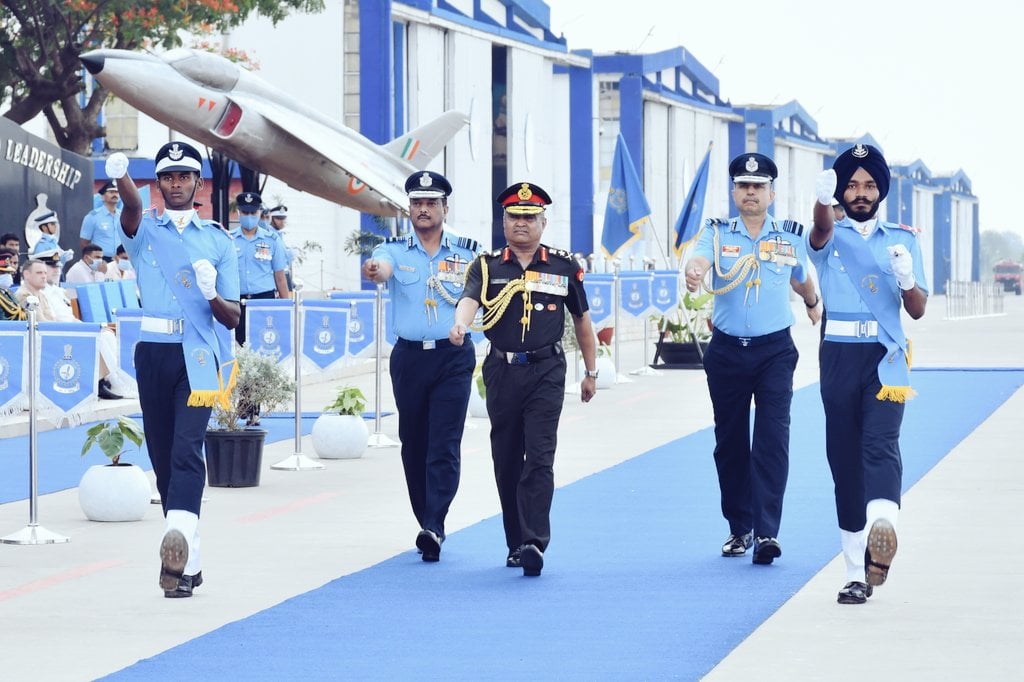
Pathway 1: CDS Exam
Embarking on the journey of how to join the Indian Air Force after graduation, we explore the first pathway: the prestigious Combined Defence Services (CDS) Examination. As we delve into this option, let us align our vision with the roadmap to success in the skies.
Eligibility and Examination Details:
- Age Limit: Aspiring candidates must be aged between 20 to 24 years at the time of commencement of the course.
- Educational Requirements: A degree from a recognized university with Physics and Mathematics at the 10+2 level, or a Bachelor’s degree in Engineering, paves your way to eligibility.
- Examination Schedule: The UPSC conducts the CDS exam twice a year, typically in April and September, ensuring ample opportunities for candidates to join the Air Force Academy (AFA).
Selection Process:
- Written Examination: The CDS written exam encompasses three subjects: English, General Knowledge, and Elementary Mathematics.
- SSB Interview: Following the written exam, successful candidates are called for the SSB interview, a rigorous process evaluating a candidate’s suitability for a career in the Air Force.
- Training: Post-selection, candidates undergo training at AFA, Dundigal, Hyderabad, where they are molded into future Air Warriors.
Preparing for CDS:
- Study Resources: Candidates can leverage SSBCrackExams CDS Online Coaching or coaching centers to prepare for the CDS examination.
- Benefits: A career through CDS in the Indian Air Force is not just about pride and honor; it brings along a plethora of benefits such as travel, comprehensive training, a competitive salary package, job security, and a pension post-retirement.
We have outlined the pathway for how to join the air force, how to get into the Indian Air Force, and how to join the airforce after graduation. Your aspirations to get into the Air Force are now equipped with the knowledge of the CDS examination, a path filled with challenges and triumphs.
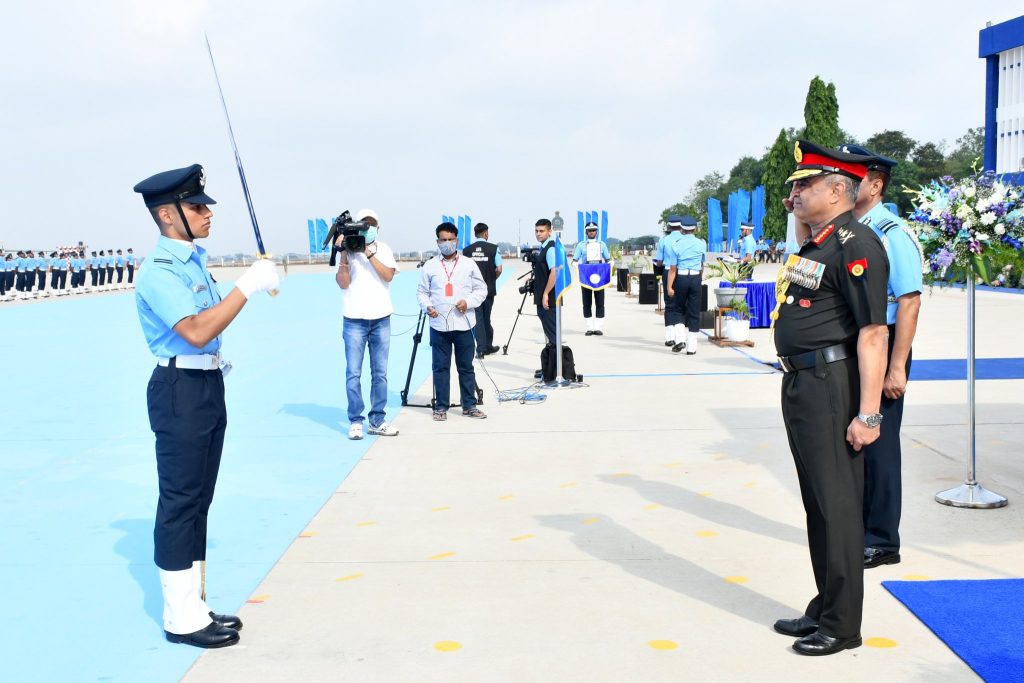
Pathway 2: AFCAT
As we continue our exploration on how to join airforce after graduation, let’s delve into the second pathway: the Air Force Common Admission Test (AFCAT). This gateway offers a multitude of opportunities for both men and women to serve in various capacities within the Indian Air Force.
Eligibility and Application Process:
- Flying Branch: As a graduate aiming to conquer the skies, ensure you have scored a minimum of 60% in Maths and Physics at 10+2 and hold a graduate degree.
- Ground Duty (Non-Technical) Branches: For roles in Administration, Accounts, Logistics, or Meteorology, graduates and postgraduates can apply, with each branch requiring specific qualifications.
- Ground Duty (Technical) Branch: Engineering graduates or final year students with at least 60% marks can apply for the Aeronautical Engineering Course.
Selection Procedure:
- Written Test: The initial phase is a written examination testing your conceptual clarity and aptitude.
- AFSB Testing: Successful candidates will proceed to Air Force Selection Board testing, which includes both Stage I and Stage II evaluations.
- Medical Examination: A thorough medical assessment ensures you meet the health standards required for the demanding life in the Air Force.
- Merit List: An all-India merit list is prepared, which is the final step to securing your place in the IAF.
Remember, meeting the eligibility criteria is just the beginning; the IAF reserves the right to ensure candidates meet all the standards set forth. With advertisements released in June and December, aspirants must stay vigilant and respond promptly to secure their chance to join airforce. This pathway, while challenging, is a testament to your determination and could lead you to an illustrious career in the Indian Air Force.
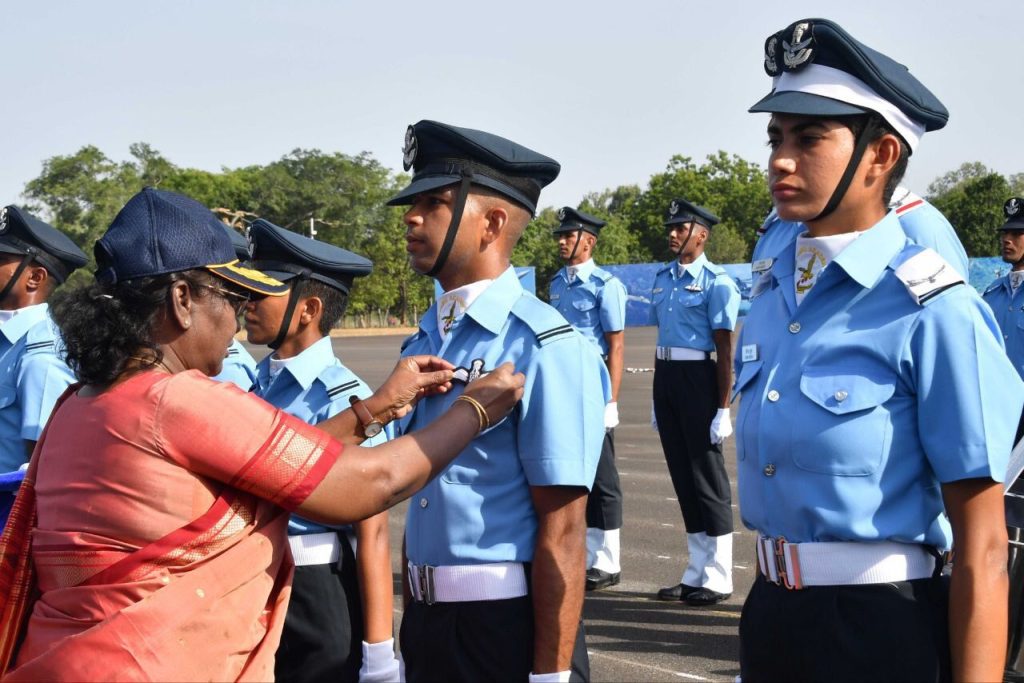
Pathway 3: NCC Special Entry
As we continue to chart the course on how to join airforce after graduation, we turn our attention to the NCC Special Entry—a distinguished path that leads directly to the Flying Branch of the Indian Air Force for both male and female candidates. This avenue is especially revered among those who have undergone the disciplined training of the National Cadet Corps and now seek to elevate their service to the nation.
Eligibility Criteria:
- Age Limit: Candidates must be aged between 20 to 24 years.
- Marital Status: You must be unmarried at the time of joining.
- NCC Qualification: Possession of an NCC ‘C’ Certificate with a minimum ‘B’ grade is imperative.
- Educational Qualifications: A graduate degree with a minimum of 60% marks and 10+2 level education in Mathematics and Physics is required.
Selection Process: - AFCAT Exam: The written exam is your first hurdle, testing a variety of competencies.
- SSB Interview: This includes the Officer Intelligence Rating Test, Picture Perception, and Discussion Test, followed by psychological assessments, group tests, and interviews.
- Medical Standards: A comprehensive medical examination to ascertain your fitness for the demanding Air Force life.
- Training Regime: Similar to CDSE candidates, you will undergo the Pre Flying Training Course (PFTC) for 6 months.
Advantages and Career Prospects: - SSB Advantage: Your NCC background may give you an edge during SSB interviews.
- Officer-Like Qualities: NCC training instills qualities that are an asset in your future Air Force career.
- Equal Opportunities: Post-commissioning, the career opportunities and growth potential are identical for all pilots, regardless of the entry mode.
By choosing this path, you not only leverage your NCC experience but also align with aspirants from other entry points, such as CDSE, to join the prestigious ranks of IAF pilots. Remember, the journey through NCC Special Entry is one of dedication and honor, preparing you to defend the skies and uphold the legacy of the Indian Air Force.
Training and Career Growth
Embarking on a career with the Indian Air Force (IAF) is not just about the honor of donning the uniform; it’s a continuous journey of growth and learning.
Upon commissioning, officers are welcomed into a world of diverse opportunities, with the potential to specialize in various streams such as Fighter, Transport, or Helicopter, each requiring further advanced training.
The IAF’s state-of-the-art training establishments, like the Air Force Academy (AFA) at Dundigal, provide a foundation of excellence, instilling the service’s code of conduct and the essence of officer etiquette. Technical branch trainees receive their initial training at the AFA, followed by specialized courses at the Air Force Technical College or the Air Force Administrative College for meteorology branch officers.
Pilots, the epitome of the Air Force spirit, are nurtured at Flying Training Establishments (FTE), each stage of training a leap towards mastering the skies. It’s a journey from learning basic maneuvers to executing complex operations, a testament to the IAF’s commitment to excellence.
As we guide you on how to join airforce after graduation, remember that joining the IAF is just the beginning. It’s a career that takes you places, literally and metaphorically, offering a lifestyle of learning, adventure, and unparalleled growth.
Preparation Tips and Resources
Embarking on the quest of how to join the Indian Air Force after graduation requires meticulous preparation and a strategic approach. Here’s a structured plan to guide your journey:
Understand the Landscape
- Syllabus Mastery: Begin by thoroughly analyzing the syllabus and exam pattern. Websites like Quora offer insights into the nuances of the IAF exams.
- Mock Tests: Regular practice with mock tests hones your response to the actual exam atmosphere. Solve these tests within the stipulated time to sharpen your speed and accuracy.
- Study Schedule: Devise a study plan, allocating time equitably among subjects. Consistency is key, as emphasized by educational platforms like SSBCrackExams.
Optimize Your Resources
- Study Materials: Select the best resources with input from toppers and mentors. Coaching centers can also provide curated material tailored to the IAF exams.
- Revision Techniques: Make short notes for quick revisions, ensuring you revisit concepts frequently to reinforce your memory.
Physical and Mental Fortitude
- Physical Readiness: Incorporate a daily workout routine, such as a 2 km run, to meet the IAF’s fitness standards. SSBCrack suggests regular exercise as an integral part of preparation.
- Mental Agility: Improve your English proficiency and stay abreast of current affairs. Previous year papers are invaluable resources, as suggested by SSBCrackExams.
- AFSB Preparation: Familiarize yourself with the AFSB testing process, practicing various tests to build confidence and competence.
We, as your mentors, encourage you to maintain a balanced lifestyle, prioritizing good health and well-being. Stay informed on the latest IAF recruitment news and consider seeking advice from military experts. Your dedication, coupled with our guidance, will pave the way for a successful career in the Indian Air Force.
Conclusion
As the journey of how to join the Indian Air Force after graduation culminates, we reflect on the three distinct pathways – CDS, AFCAT, and NCC Special Entry – each a testament to the union of discipline, ambition, and academic tenacity. With the eligibility criteria, preparation strategies, and the rigorous selection process laid bare, aspirants are now armed with the knowledge and insight required to embark on this noble and fulfilling career. The realization of such aspirations will serve not just personal growth but also the might and security of the nation.
The roadmap ahead for potential Air Warriors may be strewn with challenges, but it is one that leads to immense pride and honor. Remember, it is not merely about passing examinations or clearing interviews; it’s about a lifetime commitment to courage, excellence, and the skies. As we close this guide, let the essence of what it means to be part of the Indian Air Force fuel your determination to soar high and defend the blue frontier.
FAQs
1. What are the steps to join the Indian Air Force as a graduate?
To join the Ground Duty Branches of the Indian Air Force after graduation, you must pass the Air Force Common Admission Test (AFCAT) and then clear the Air Force Selection Board (AFSB) interview. Candidates who are recommended by the AFSB will undergo a medical examination. Those who are successful in all stages and make it to the all India merit list will be called for training.
2. What is the simplest method to become a part of the Indian Air Force (IAF)?
The easiest way to join the IAF is by becoming a Short Service Commission Officer. This can be achieved through the SSC Course via AFCAT, MET Entry, or NCC Special Entry.
3. Which degree is most favorable for a career in the Indian Air Force?
Any graduation from a recognized university with a minimum of 60% marks or equivalent is considered the best qualification for joining the Indian Air Force.
4. How can one secure a permanent commission in the Indian Air Force?
CDS and NDA Exam provides permanent commission in the Indian Air Force.
5. What is AFCAT?
The Air Force Common Admission Test (AFCAT) is an examination conducted by the Indian Air Force (IAF) for selecting officers for all its branches.
6. How to Apply for AFCAT?
Candidates can apply for the upcoming AFCAT on the official website of Indian Air Force.

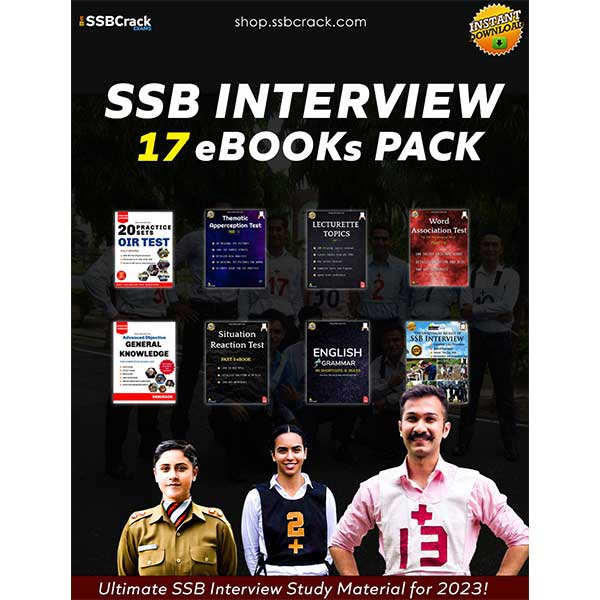



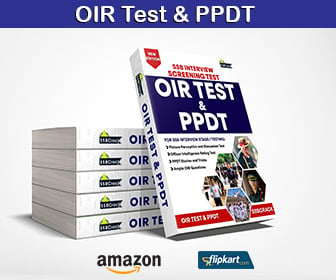
Air force
Indian air force